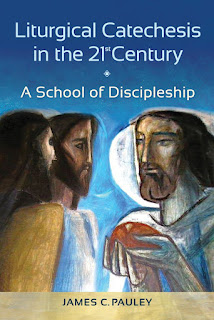Every month this year, Oprah will be soliciting answers to a question from readers. I was stunned by this:
With the exception of the question about James Cameron and Avatar sequels, these are, at heart, all spiritual questions. These are the cries of the heart that at least some people are hungry to learn answers for. Yet all of these can be answered in the teachings of Jesus Christ in Scripture - and through what the Church teaches about them and through our practices of the faith (i.e.,"religion").
Will anyone ever look at me the way my dog does? God does.
How can I best honor my friend's memory? Pray for his/her eternal salvation and remember him/her at Mass... and never not know that he/she is still present. (Communion of Saints)
Why can't Democrats and Republicans think of us instead of just themselves when it comes to healthcare? Multiple answers: Catholic social teaching, Jesus' teachings about being merciful and his example as a healer without judgment against the poor and sinners, and for Catholics, going to Mass regularly to receive the Eucharist worthily in the quest of becoming a person of self-giving love like Jesus...
How can we make war obsolete? See some of the answers to the previous, but learning to love is a basic. So are Jesus's teachings about non-violence. Trusting that there will come a day when swords will be beaten into plowshares at the end of time may be our best hope here, but it's at least a hope.
How does one learn to give unconditional love in a world that judges everything about you? Look at how God loves us -everything in scripture points to his faithfulness to his half of the Covenant, no matter who we are.
Who hurt you so bad that you need to do the same to others? A truly sad question, but one rooted in a lack of understanding of mercy and the difficulty of humans living according to "Do unto others as you would have them do to you."
Hello, God. Are you there? A question even the faithful will occasionally ask, but one that begs for evangelization, catechesis, spiritual accompaniment and the support of a faith community.
If these are the questions the "spiritual but not religious" people are asking, the mission fields are out there, people. We just have to learn how to approach them as Jesus did, where they are, instead of coming on as Church Triumphant or as Church Judgmental. These folks have, for the most part, rejected "religion" - so we need to understand that the encounter with Jesus Christ has to come first. "Religion" is, after all, how we live faith. It is not, itself, faith.









